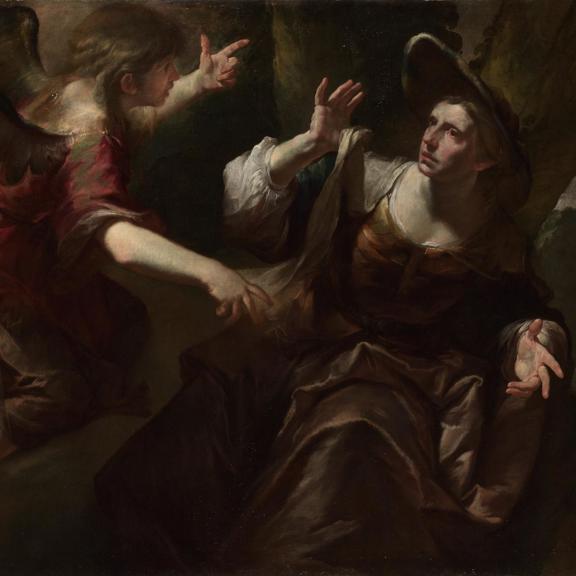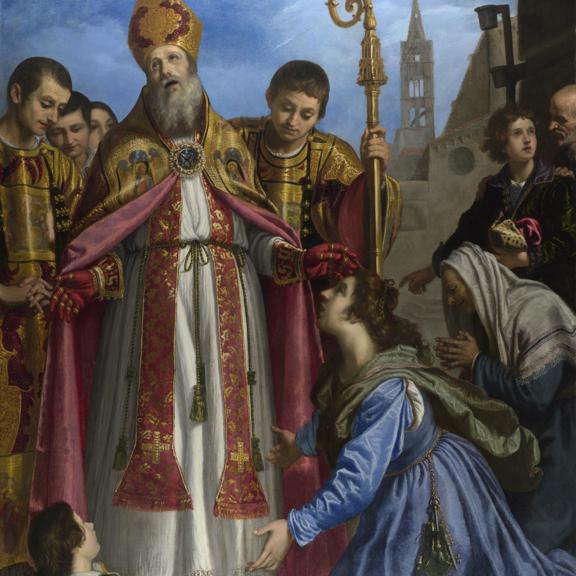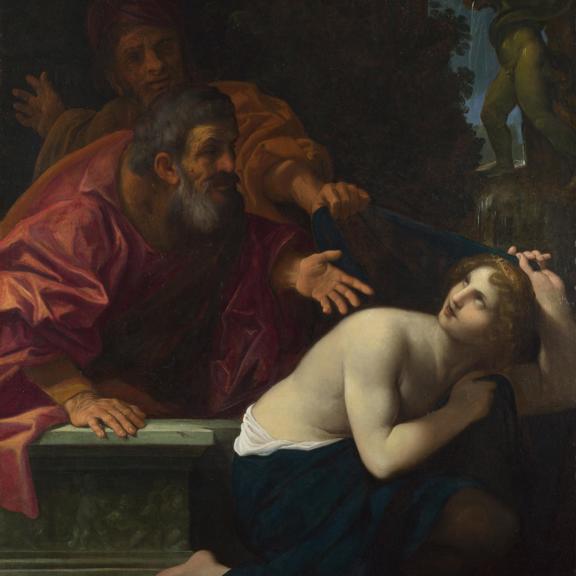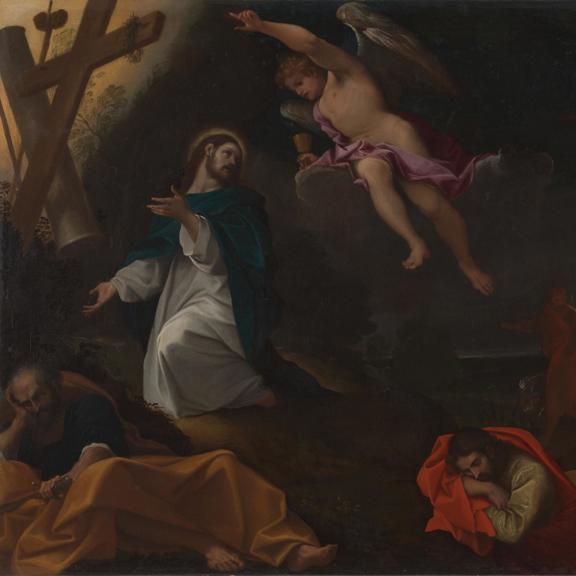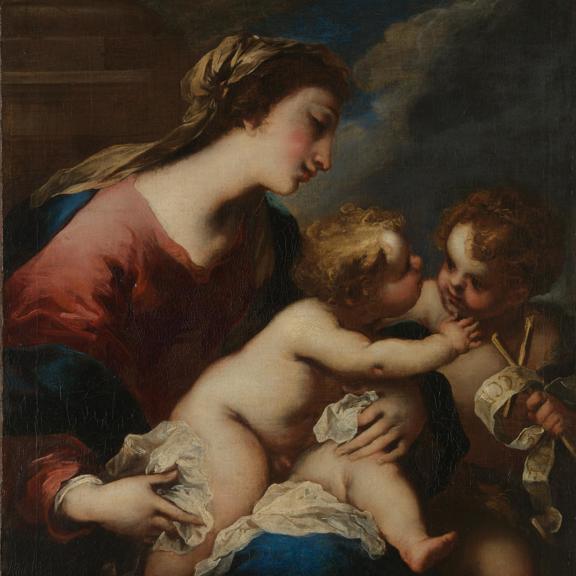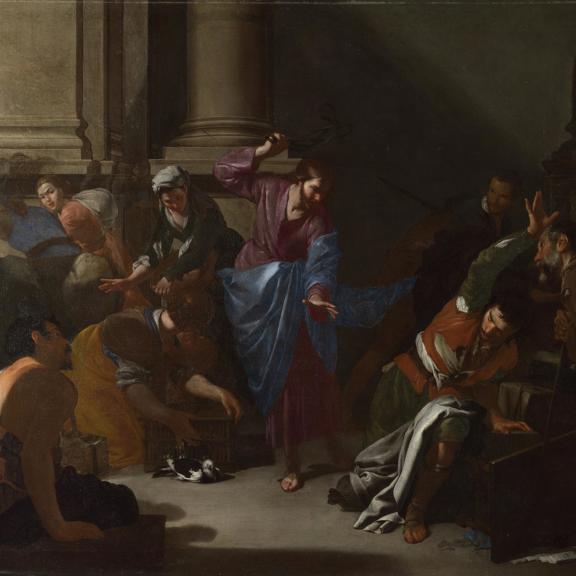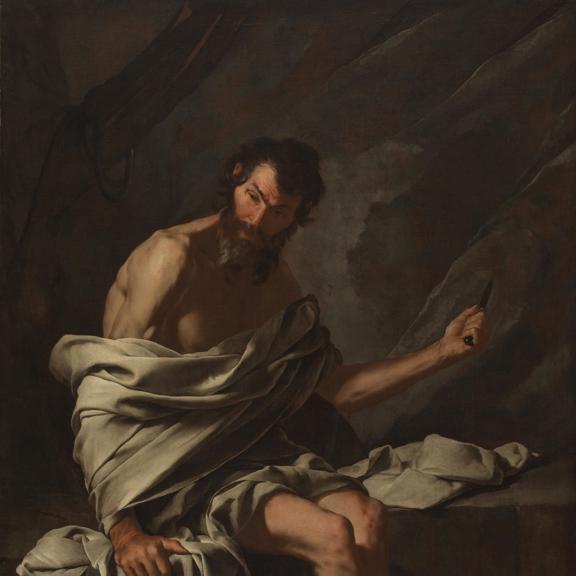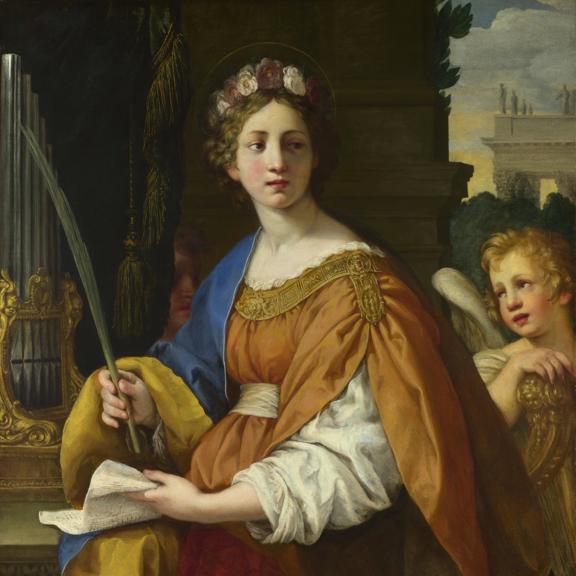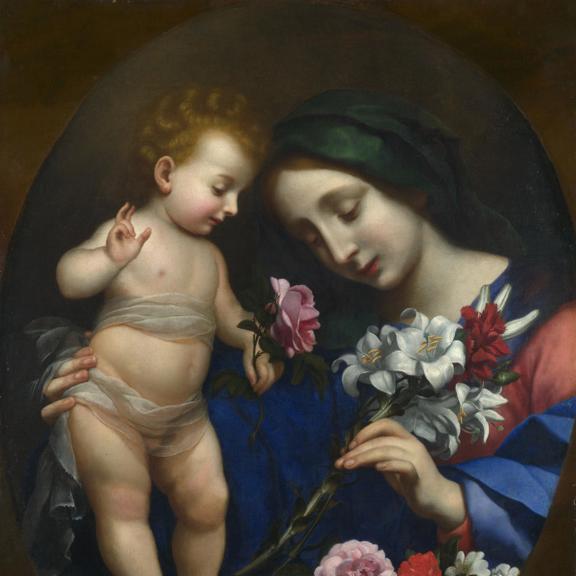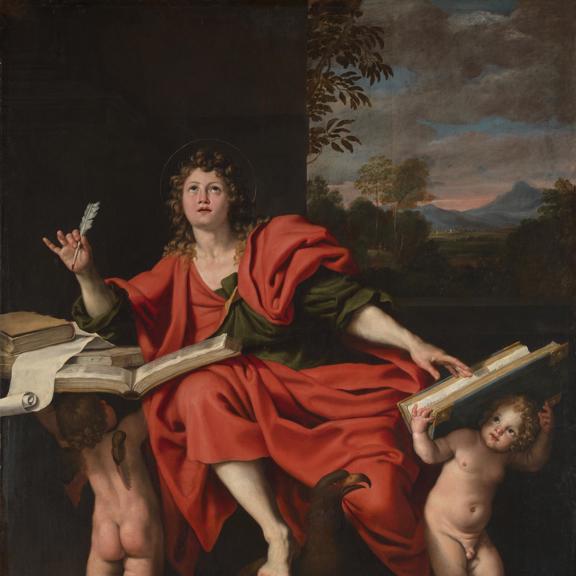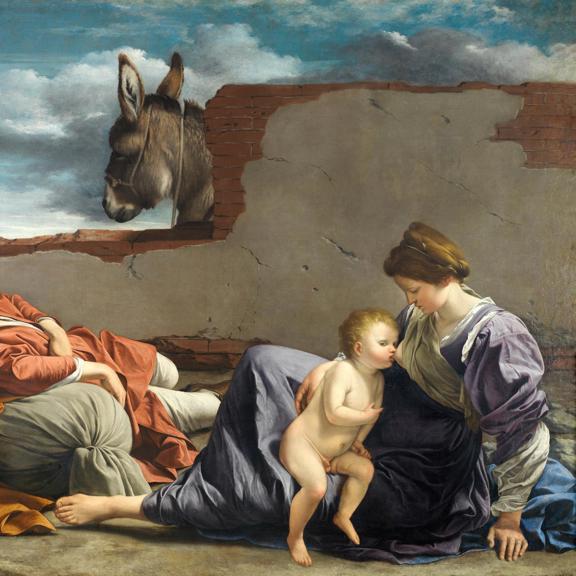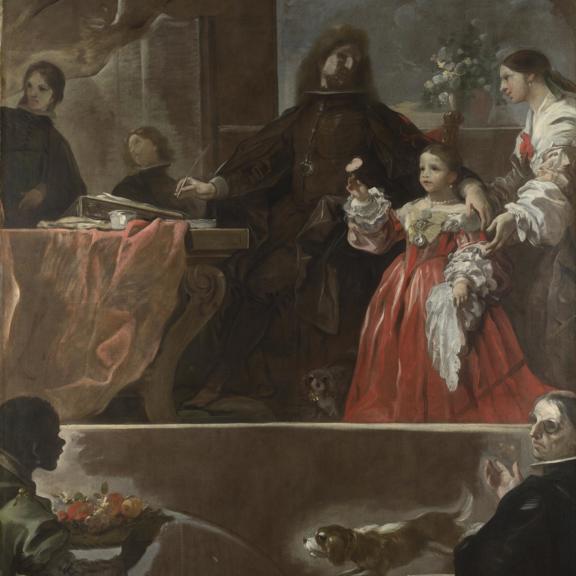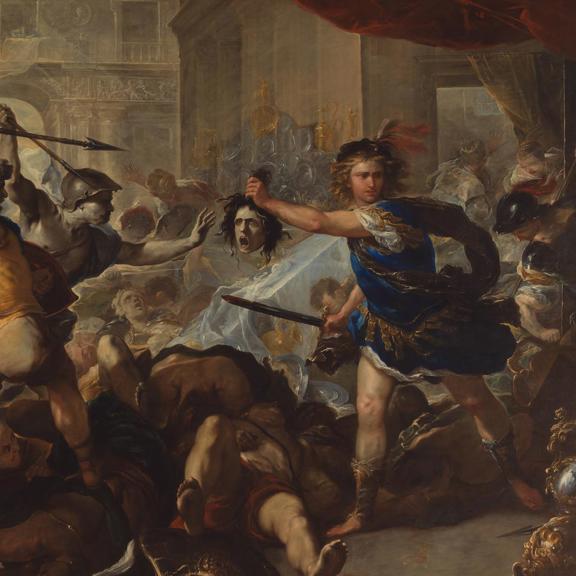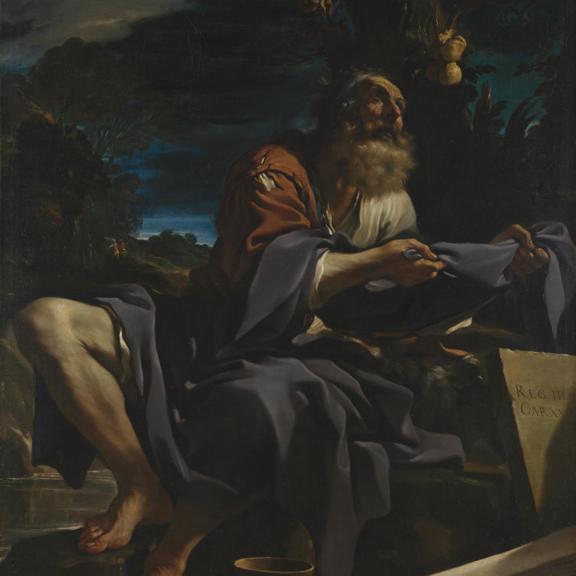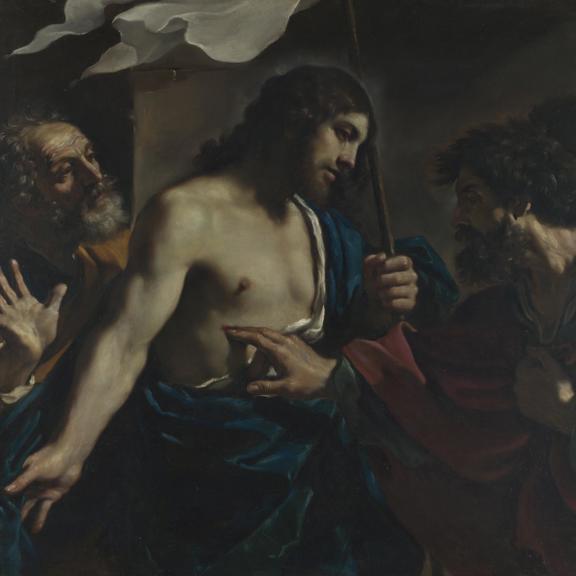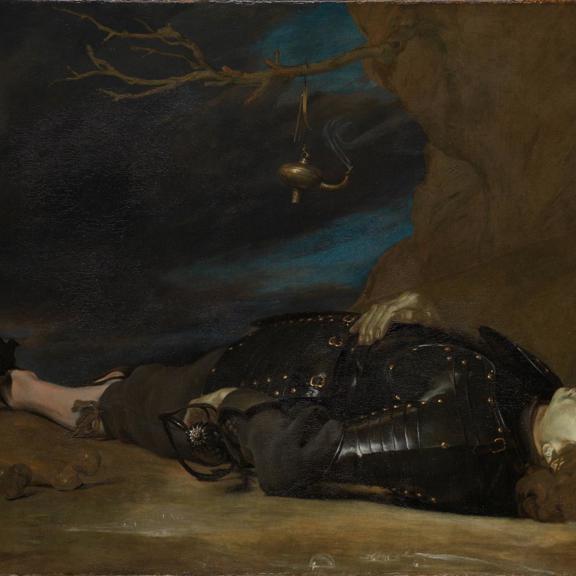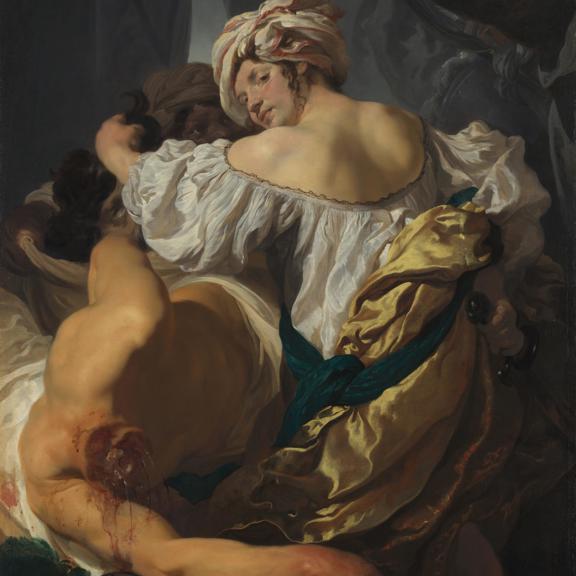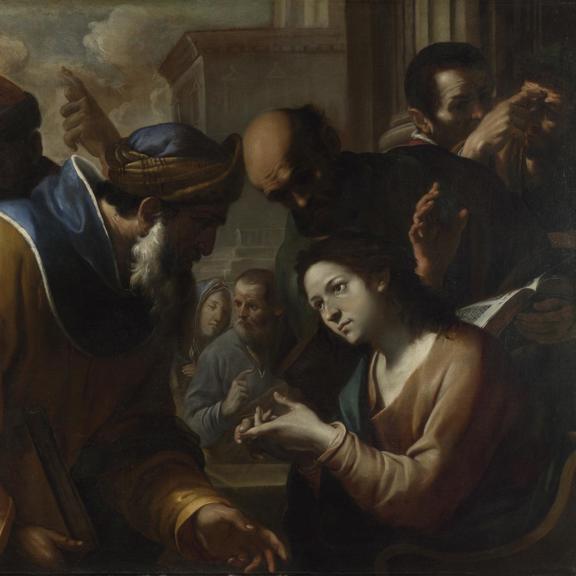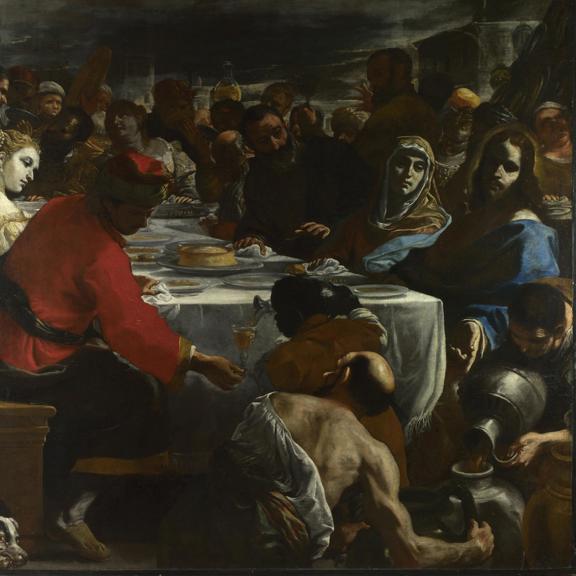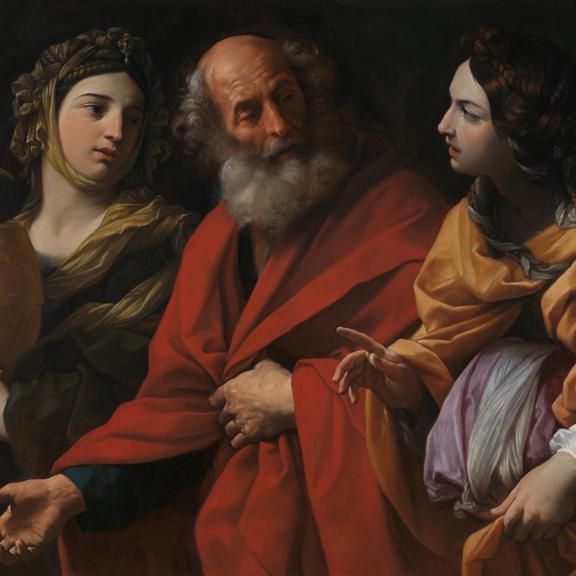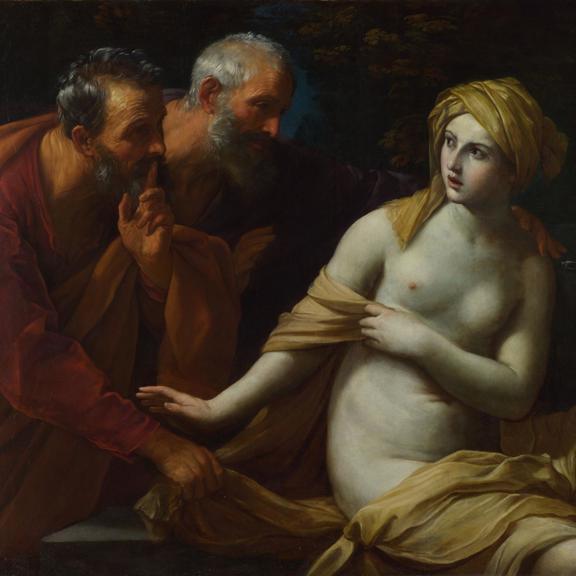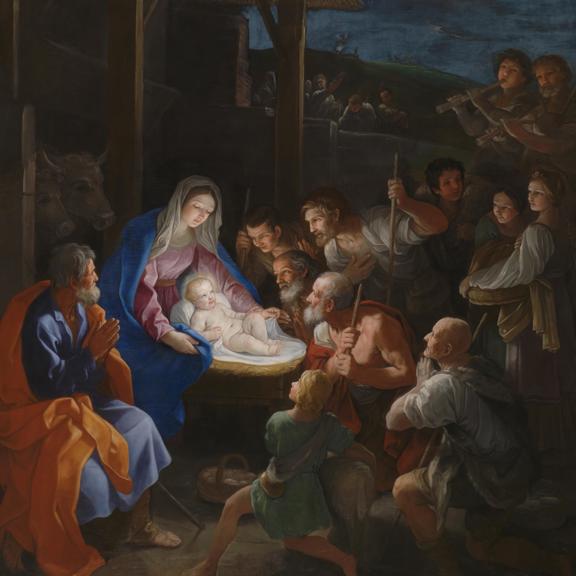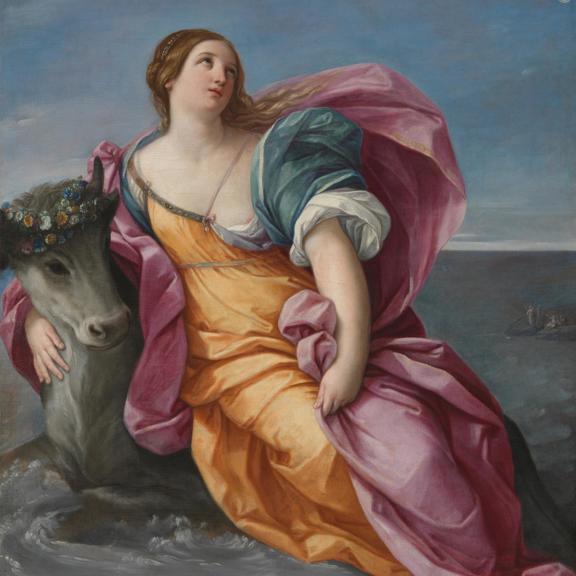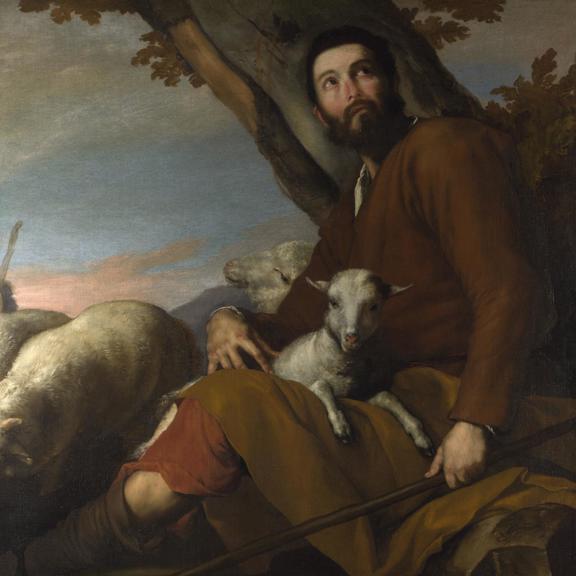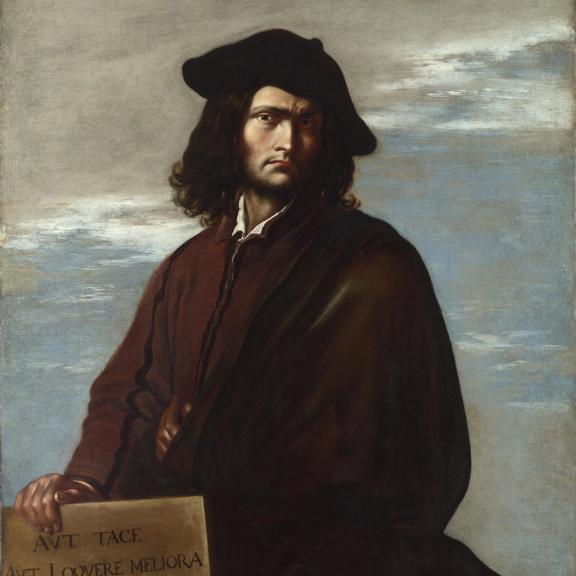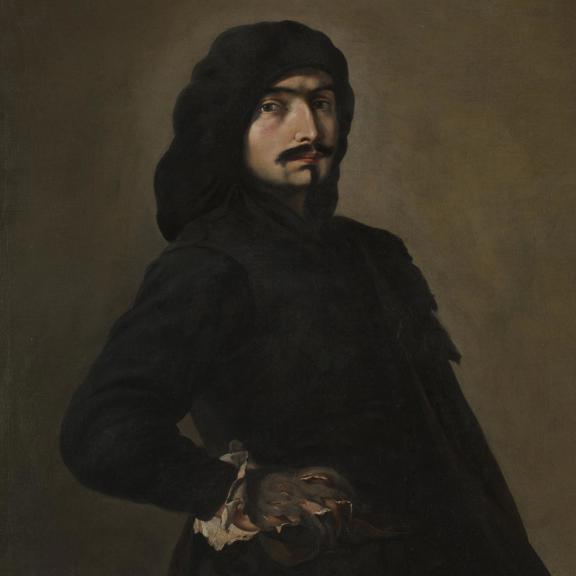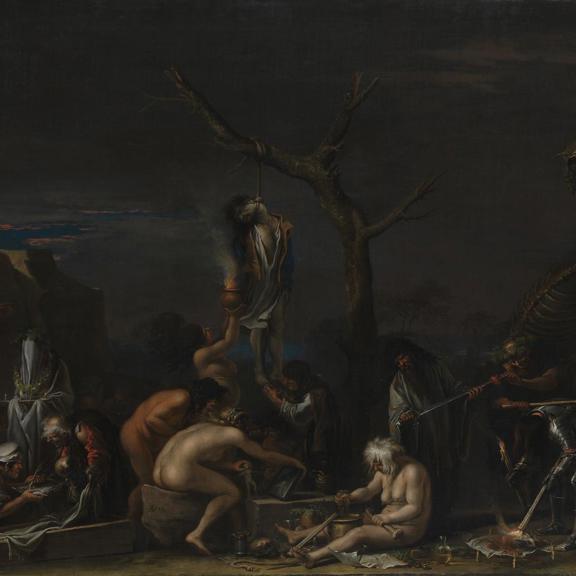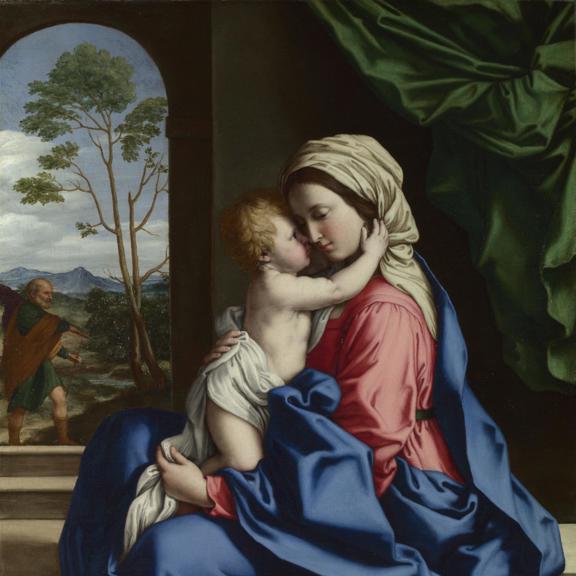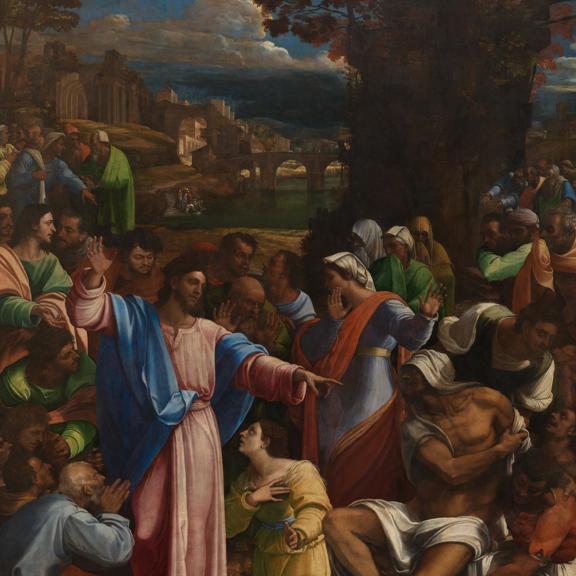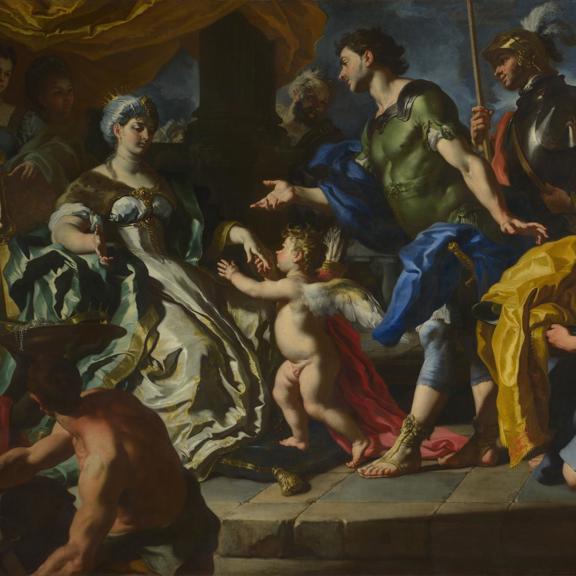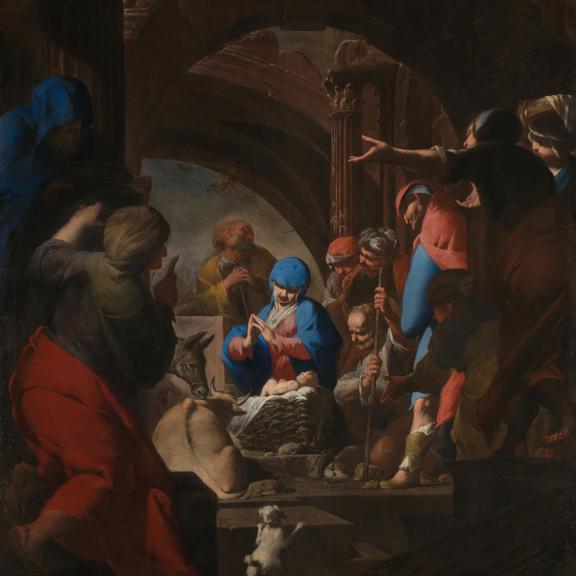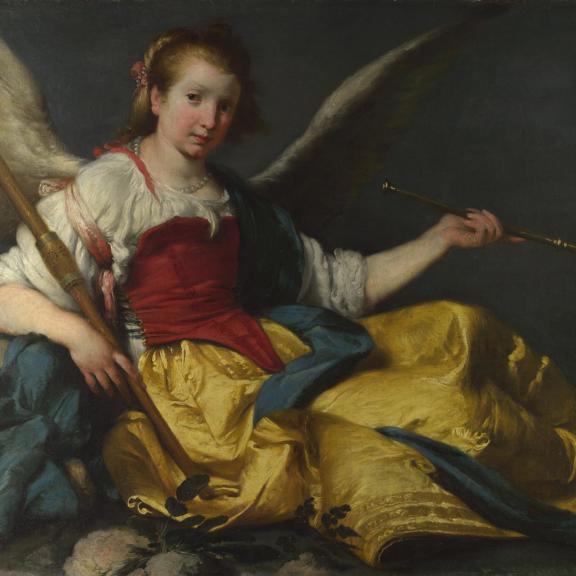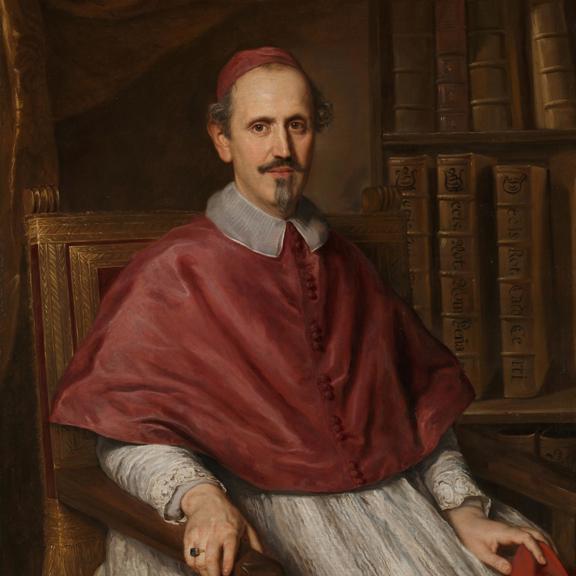At the turn of the 17th century, two differing styles emerged in Italy that were to affect the future of painting across Europe. One was idealised and classicising, as demonstrated by the works of Annibale Carracci and Guido Reni, and the other, introduced by Caravaggio, was powerfully naturalistic.
Although profoundly different, both styles were based on a return to the study of nature. What emerged from these two different approaches are the characteristics of the Baroque – dynamic compositions, dramatic lighting, vivid use of colour and intense expression of emotion. These are evident in the paintings hanging in this room, most of which were commissioned to adorn the palaces of wealthy patrons in Rome, Florence, Bologna, Naples and Genoa.
In 2013 twenty-five paintings from the collection of the distinguished art historian Sir Denis Mahon (1910–2011) were presented to the National Gallery through Art Fund. The breadth and quality of the Italian Baroque collection have been greatly enhanced by this bequest, which includes works by Domenichino, Giordano, Guercino and Reni.
Room 32, where the Italian Baroque paintings are displayed, is the largest gallery in the building. In July 2020 the room reopened to the public after a major renovation programme, made possible through the generous support of Julia and Hans Rausing. The purpose of this project was to reinstate the original decorative scheme of its architect, Edward M. Barry (1830-1880). The dark red wall cloth, ornate painted frieze and lunettes, whose designs alternate winged lions with dolphins, have all been reinstated according to the original colour scheme.
Rome was the centre of the European art world during the 17th century. Painters from the Netherlands, Germany and France considered a period of study in Rome as an essential part of their training.
Many of the small paintings in this room were made to satisfy the growing number of enthusiastic collectors who emerged during the Baroque era. While religious images were ostensibly intended for private devotion, they were also created as works of art for galleries or collectors’ cabinets. Some artists painted on copper or slate because the slick surfaces emphasised their extraordinarily refined handling of paint.


